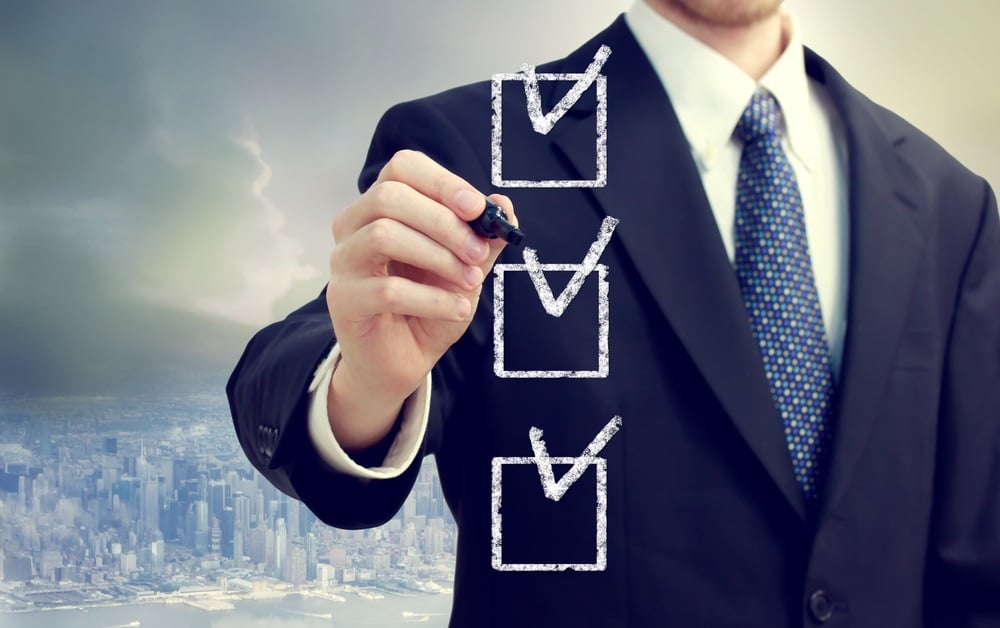As a small business owner, you’ve got a lot on your plate. Amidst the hustle and bustle of running your business, it’s easy to overlook crucial risk management items. I’ve seen a couple of versions of these floating around Twitter, and I thought it would be helpful to compile a comprehensive checklist of risk-management items that every small business owner needs but doesn’t always think of.
Business Insurance
First up on the checklist is Business Insurance. There are various types of insurance that your business might need, depending on the nature of your work and the associated risks:
– Umbrella Policy: This provides additional coverage for various liabilities that may not be covered under your standard policies.
– E&O (Errors & Omissions): Essential for professional services, this protects you against claims of inadequate work or mistakes.
– Property & Casualty: Covers physical assets like your office or equipment, and provides liability coverage.
Make sure you have the right insurance coverage tailored to your business needs to protect against potential risks.
Term Insurance
In my opinion, everyone should have a term policy. Term insurance is an affordable way to protect your loved ones from financial hardship if you were to suddenly pass away. For example, I currently have a $1M policy that costs about $45/month and will cover me for the next 20 years. This policy ensures that your family won’t suffer financially from the loss of your business income.
Tax Tip: Make sure this expense is not run as a business deduction, otherwise, the proceeds become taxable.

Long Term Disability Insurance
Do you sense a theme? Next on the list is Long Term Disability Insurance. This type of insurance protects you in the event you can’t work due to an accident or illness for long periods of time. As a self-employed individual, if you are paying the premiums and not taking them as a deduction, your proceeds from the policy are tax-free. This can provide significant peace of mind and financial security if the unexpected happens.
Access to Cash
Last but certainly not least is ensuring you have Access to Cash. Whether this is through a cash reserve you build up or access to a revolving line of credit, it’s crucial to have some type of access to cash should an emergency arise. This can also serve as a source of cash-flow to keep operations running and bills paid during tough times.
Building a cash reserve can take time, but having a revolving line of credit can provide an immediate buffer. It’s always a good plan to have cash access as a safeguard for your business’s financial health.
Conclusion
Running a small business comes with its fair share of challenges, but being prepared for unforeseen events doesn’t have to be one of them. By following this small business checklist for risk management, you can ensure your business is well-protected and financially secure.
Take the time to review your current policies and make any necessary adjustments. Implementing these items now can save you a lot of trouble down the road. Stay prepared, stay protected, and keep your business thriving!
By taking these steps, you can mitigate risks and set your business on a path to long-term success. Don’t wait until it’s too late—start managing your risks today!
